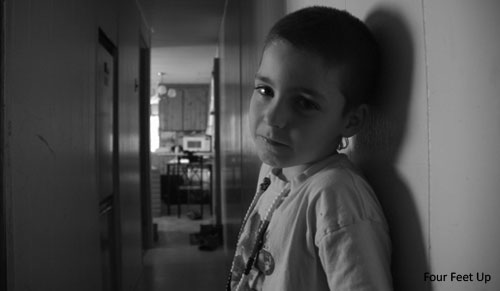Demystifying Camera Terms: How to tell a Master from a Long Shot

Whether you’re walking onto set, reading a shooting script or grabbing a seat in the editing room, there’s a lot of film-specific terminology being thrown around. To that end, here’s some language that’s used to describe the kinds of camera shots you see on screen:
Wide Shot (WS): Think landscape photo. The camera uses a wide-angle lens to achieve this shot.
Master Shot: A shot that contains a complete picture of the action (i.e.: you see all characters in the scene and the location). Ideal for giving context.
Long Shot (LS): A shot taken some distance from the action. Variations include the Medium Long Shot (MLS) or the Extra Long Shot (XLS). Often achieved using a telephoto lens.
Medium Shot (MS): A shot taken closer to the subject (i.e.: for a person, this would be waist up). A variation is the Medium Close Shot (MCS) (upper torso to the head).
Close-ups (CU) or Close shots (CS): Even tighter than the MS, framing the head or the head and shoulders. A Big Close-up (BCU) or Extreme Close-up (XCU) captures only part of the face to convey strong emotion.
Insert or Cut-in: These are shots of close up detail that an editor would insert into a Long Shot (or the Master Shot). In the same vein, a Cutaway Shot cuts away from the action to illustrate what’s being talked about.
Two Shot (2S): Shows 2 people in the frame. A Three-shot (3S) includes 3 people, a Single shows one. And people think this stuff isn’t intuitive.
Over-shoulder (O/S): When the camera looks over one person’s shoulder to focus on another person. The reverse shot is called a Complementary shot.
Next week, I’ll go into more detail on camera angles, panning, craning and zooming. But if you want to have some fun in the meanwhile, take 1 camera shot from the above list, find some an example of it on our site and leave the film title and the time marker for when the shot appears in the comment section.
I’ll give one DVD to the first 3 people to respond.
Here is an example of a BCU shot:
Ten Million Books: An Introduction to Farley Mowat 25 min 15 s
The opening shot of “Jack Rabbit” o:12 is a wide shot. Image opening a film with a wide shot….. 🙂
In ‘The Rink’ at 00:35. A long shot, perhaps?
@Nick – Send me your address please! j.matlin@nfb.ca.
Nice, useful info. Thanks!
@actingwits – If I was a film director, I’d be in a much better position to answer this question. But alas, I’m a mere blogger. Give me some time to speak to some directors and see if I can answer this question.
What are the specific acting tips that go with each frame size? Example: Long shot means more gestures? Medium shots means what to the actor? Would like to know what you “want” from actors in these frames and how you “direct” them. Thanks